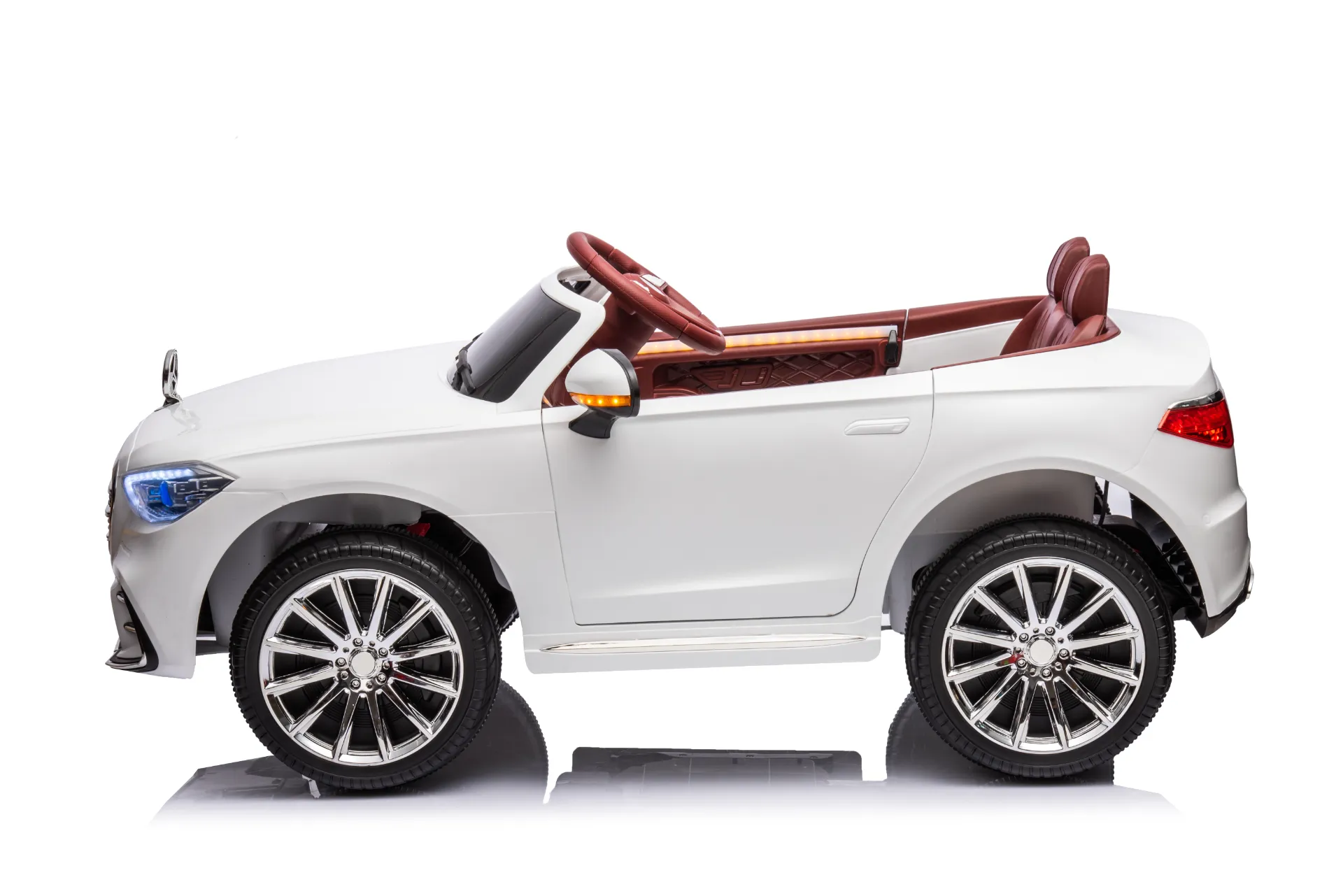baby scoots instead of crawls
Baby Scoots Instead of Crawls A Unique Milestone in Development
As parents, we eagerly anticipate each new milestone in our child's development. From their first smile to their first steps, every achievement brings joy and a sense of pride. However, not all babies follow the same developmental path, and that's perfectly okay. One such variation is when a baby scoots instead of crawls. This intriguing method of mobility has garnered attention, leading many parents to wonder about its implications for their child's growth and development.
Understanding the Difference
Crawling, as we traditionally understand it, involves a baby moving on all fours—hands and knees rhythmically working together to propel the body forward. Scooting, on the other hand, can take various forms. Some babies may use their bottoms to slide across the floor, while others might push themselves forward using their arms, akin to an army crawl. Regardless of the method, scooting is a valid form of mobility that allows babies to explore their surroundings.
The Reasons Behind Scooting
Not all babies will crawl in the same way or at the same time. Several factors can influence this unique developmental phase
1. Personal Preference Every baby has their own personality and comfort level. Some might find scooting more enjoyable or efficient. They may prefer the feeling of their body sliding across the floor as opposed to the more complex coordination required for crawling.
2. Physical Development Baby's muscle strength, coordination, and balance all develop at different rates. For some, the muscles necessary for traditional crawling may not be fully developed, making scooting a more accessible option.
3. Environment The surface on which a baby practices their mobility can also play a significant role. A smooth floor may encourage scooting, while a rough or uneven surface may be less conducive to this style of movement.
Is Scooting a Cause for Concern?
baby scoots instead of crawls

Parents might worry if their baby skips crawling altogether in favor of scooting. However, pediatricians generally view scooting as a normal variant in development. It is important to remember that every child is unique, and their milestones might not align with conventional timelines. In fact, some experts believe that scooting can promote important motor skills, including upper body strength and coordination, which are essential for future developmental tasks.
Nonetheless, parents should monitor their child's overall development. If a baby scoots but does not seem to progress toward other milestones, such as sitting up, pulling to stand, or walking, it may be worth consulting with a pediatrician. Development should be viewed holistically, considering not just mobility but also cognitive and social growth.
Encouraging Development
If you have a baby who scoots instead of crawling, there are several ways you can encourage their development
1. Create a Safe Space Set up a safe play area with plenty of room for movement. Soft mats or blankets can make scooting more comfortable.
2. Provide Motivation Place toys just out of reach to encourage them to scoot toward them. This can stimulate their desire to explore and move.
3. Engage with Play Play alongside your baby, using games that invite movement. Rolling a ball back and forth or using interactive toys can promote both scooting and crawling.
4. Be Patient Remember that every child develops at their own pace. Celebrate each achievement, no matter how small, and enjoy watching your little one grow.
In conclusion, while some babies may choose to scoot instead of crawl, this variation is a normal part of their developmental journey. As parents, it is essential to provide encouragement and support while embracing the uniqueness of our children's growth. After all, it is not just the milestones that matter, but the joy and experience gained along the way.
-
Understanding Voltage in Battery for Children's Motorized CarNewsJun.05,2025
-
Safety Features to Look for in an Electric Car for KidsNewsJun.05,2025
-
How to Teach Your Child to Ride a Kids MotorcycleNewsJun.05,2025
-
How to Prevent Falls on a Balanced ScooterNewsJun.05,2025
-
How to Maintain Your 3 Wheeled Scooter for LongevityNewsJun.05,2025
-
Best Motorcycle Scooters for Urban CommutingNewsJun.05,2025
